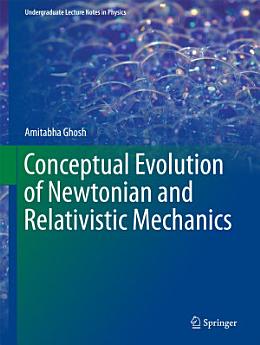Conceptual Evolution of Newtonian and Relativistic Mechanics
Podrobnosti o e‑knize
O autorovi
Amitabha Ghosh completed his bachelor’s, master’s and doctoral degrees in Mechanical Engineering at Calcutta University in 1962, 1964 and 1969 respectively. After serving as a lecturer in Mechanical Engineering at his alma mater, Bengal Engineering College, Shibpur (now an Institute of National Importance – Indian Institute of Engineering Science and Technology, Shibpur) from 1965 to 1970, Professor Ghosh joined the Indian Institute of Technology Kanpur in January 1971 as an assistant professor and served as Professor of Mechanical Engineering there from June 1975 till his retirement in 2006. From 1977 to 1978, Professor Ghosh was Senior Fellow of the Alexander von Humboldt Foundation at the RWTH Aachen and subsequently visited the university with a Humboldt fellowship many more times. He was director of the Indian Institute of Technology Kharagpur from 1997 to 2002. His primary areas of research are manufacturing science, robotics, kinematics and mechanism theory, and dynamics of mechanical systems. Professor Ghosh has written a number of textbooks, which are popular, both in India and abroad. He has guided numerous master’s and doctoral students and published a large number of research papers. He received several academic awards, including a number of Calcutta University Gold Medals, D Sc (h.c.), distinguished teacher award from IIT Kanpur and an award for excellence in research from the National Academy of Engineering. He is a fellow of all four national science and engineering academies in India.






